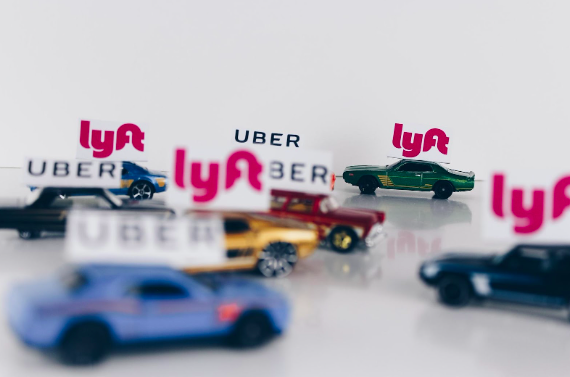Facts You Need to Know About the Uber/Lyft Accidents
The tragic accident involving an Uber and a pedestrian in Arizona has brought safety concerns to the forefront of rideshare discussions. While these types of accidents are rare, they do happen. As with any business or industry, there are risks involved when providing services to the general public. You should know several things about rideshare services like Uber and Lyft and the accidents that can result from using them. Check out these facts about the Uber/Lyft accidents so that you can make an informed decision if you’re considering becoming a driver, riding as a passenger, or hiring one for personal or business use, Uber Accident Lawyer.
What is the Lyft/Uber Accident Rate?
It’s difficult to calculate the exact accident rate for rideshare companies like Uber and Lyft. They don’t self-report their accident data like other transportation companies. However, there have been studies done over the last few years showing that ride-sharing drivers’ accident rates are slightly higher than those for taxi drivers but lower than other types of commercial drivers. This is likely because rideshare drivers are generally less experienced than taxi drivers and drive for shorter periods. If you are involved in an accident and unsure where to get help, Uber accident lawyers at Boohoff Law can deliver the service for you in such a difficult time.
Uber and Lyft Drivers are Regulated Just Like Taxis
While the accident rates are similar, there are some significant differences between taxis and rideshare companies. The primary difference between the two is how they are regulated. The cities hold taxi drivers they operate, whereas the state governs the transportation network companies or TNCs. Rideshare companies must obtain a state permit and provide proof that their insurance coverage meets state minimum requirements.
According to the Insurance Institute for Highway Safety, taxi drivers are regulated similarly to rideshare drivers. However, taxis generally have more stringent regulations because taxi drivers are offered a higher degree of professionalism and training. Drivers who want to work for a taxi company must undergo rigorous training, background checks, and inspections. Any outside agency does not inspect rideshare cars, and the safety measures are up to the driver and company.
Uber and Lyft Accidents Involving Passengers
While the risks are slightly higher while riding in a rideshare car, the most common rideshare accidents occur when a passenger is involved in the accident. Many of these accidents happen when someone is injured after exiting the vehicle. According to the Insurance Institute for Highway Safety, the most commonly reported rideshare accident type is when a pedestrian is injured after leaving the car. Another common accident type is when a rideshare vehicle collides with another vehicle. These accidents can be devastating and cause serious injury to all parties involved.
Uber and Lyft Accidents Involving Drivers
Several reported accidents have occurred in which a rideshare driver is responsible for an accident. In these situations, the insurance for the rideshare company may not pay for the damages to the other person’s vehicle. Since rideshare companies are not required to provide commercial insurance coverage for their drivers, their insurance and that of the passengers may not be enough to pay for the accident damages. Many reports indicate that the insurance provided by rideshare companies is not adequate for accidents involving other vehicles. This is because it is designed primarily to cover the car, passengers, and driver. However, it may not provide sufficient coverage for different vehicles and passengers in other cars.











